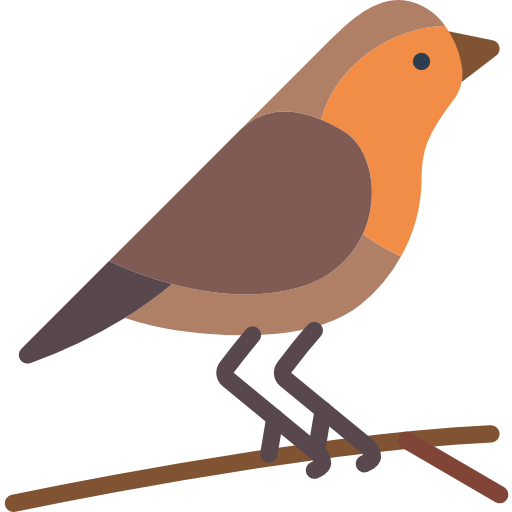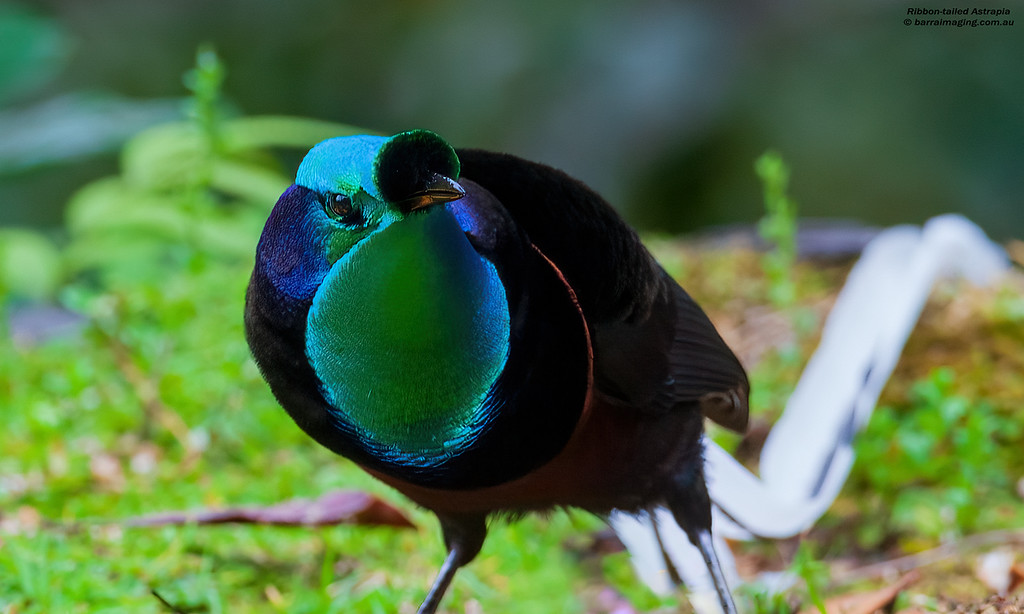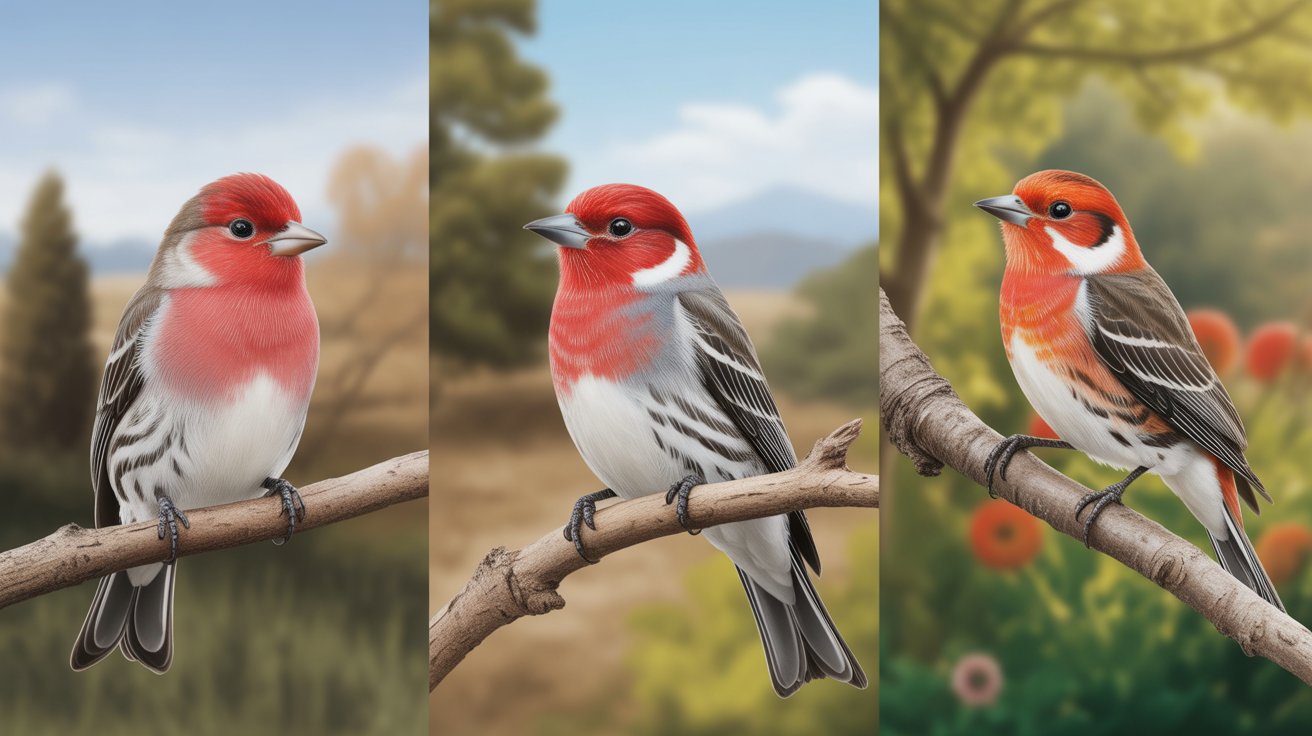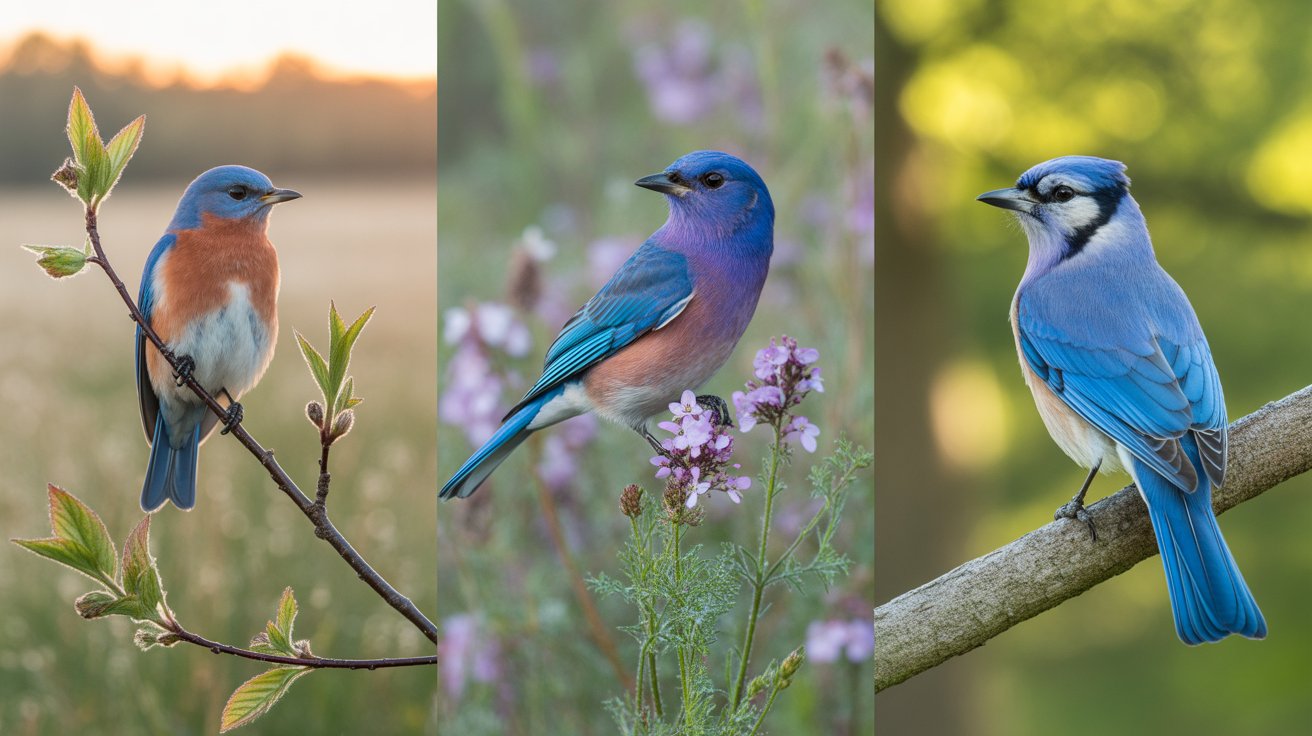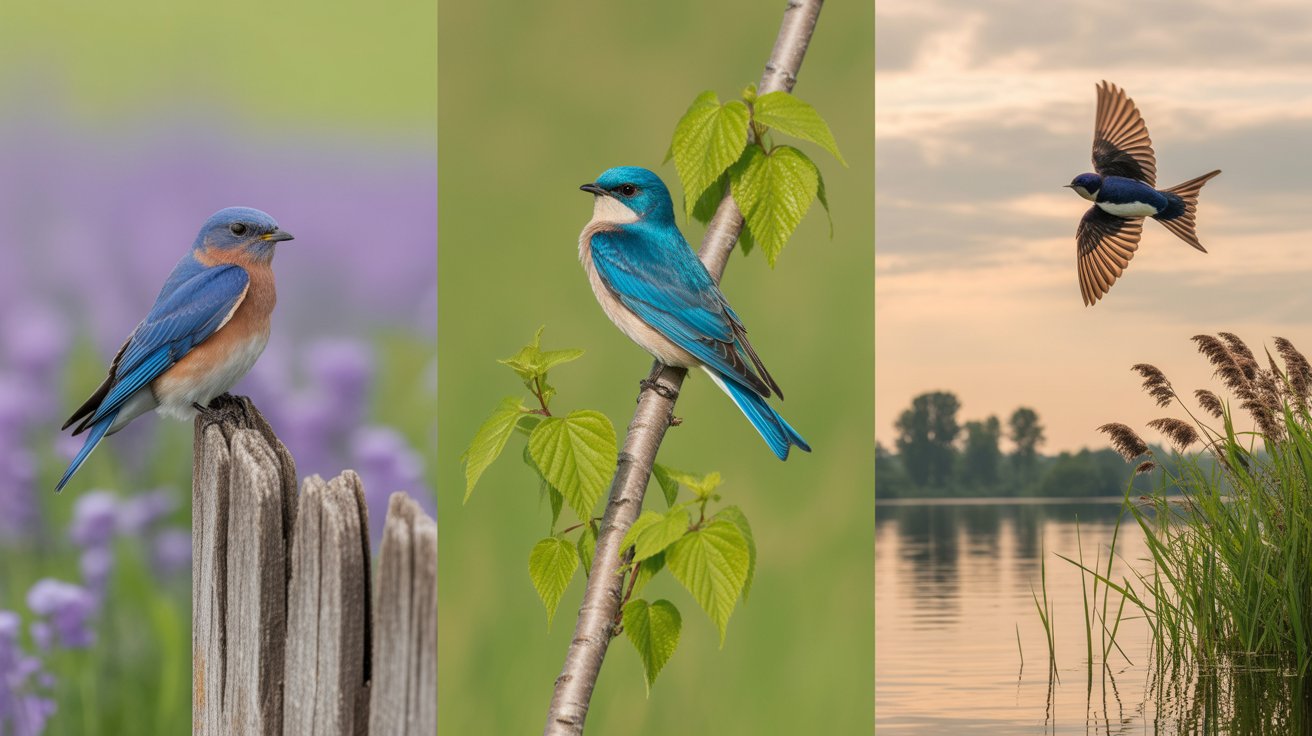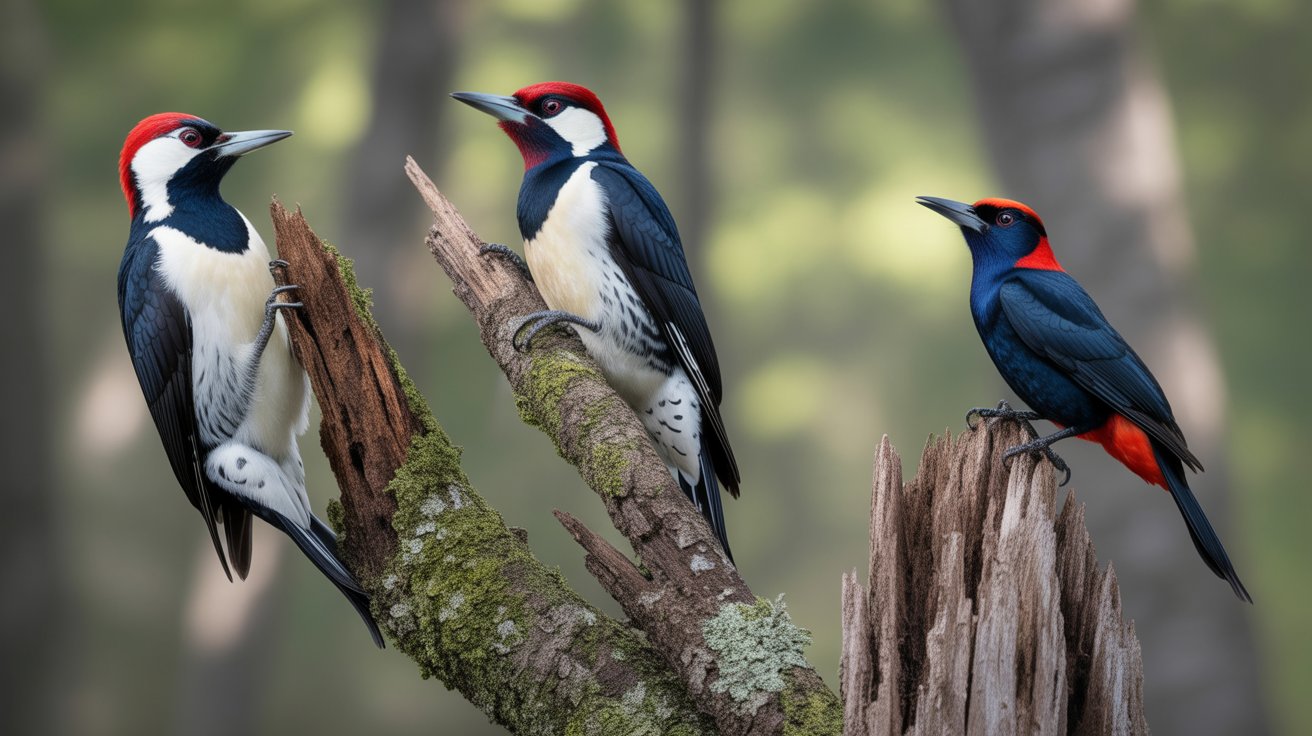Have you ever heard of a bird so dazzling that it seems straight out of a fantasy story? If you’re drawn to nature’s most extraordinary creatures, then the Ribbon-tailed Astrapia is bound to capture your imagination. Native to the cloud forests of Papua New Guinea, this breathtaking bird is famous for its elegant, ribbon-like tail feathers that are often longer than its own body.
Unlike any bird you might spot in your backyard, the Ribbon-tailed Astrapia belongs to the bird-of-paradise family—one of the most flamboyant and ornamental bird groups in the world. What truly sets this species apart, though, is its unmatched tail length and the iridescent green and black plumage of the male that shimmers in the sunlight. It’s a bird that seems to have been made for the spotlight.
In this guide, you’ll discover everything you need to know about this stunning species—from its scientific background to its elaborate courtship displays. We’ll also explore what the bird eats, how it breeds, where it lives, and some fascinating facts you probably didn’t know. So, if you’re eager to expand your birdwatching knowledge or simply want to marvel at one of nature’s finest showpieces, keep reading—you’re in for a treat.
Ribbon-tailed Astrapia: Nature’s Living Ribbon
Scientific Classification
To understand the Ribbon-tailed Astrapia more deeply, let’s start with its scientific classification:
- Common Name: Ribbon-tailed Astrapia
- Scientific Name: Astrapia mayeri
- Family: Paradisaeidae (Birds of Paradise)
- Order: Passeriformes
- Class: Aves
- Conservation Status: Near Threatened (IUCN Red List)
This bird is one of five species within the Astrapia genus and was named in honor of Sir William Mayer, who contributed significantly to New Guinea exploration.
Physical Description
One look at the Ribbon-tailed Astrapia, and you’ll understand why it’s considered one of the most spectacular birds on Earth.
- Size: The male bird measures around 32 cm (13 in) in body length, but its tail feathers can reach up to 1 meter (39 inches) long, making it the bird with the longest tail feathers relative to body size.
- Weight: Ranges between 120 to 150 grams.
- Plumage (Male): Iridescent green and bronze upperparts with a black head and breast. The male’s standout feature is the two long white ribbon-like tail feathers that flow gracefully behind it.
- Plumage (Female): Much plainer with dark brown feathers, a short tail, and subtle barring. This dimorphism helps females stay camouflaged during nesting.
- Eyes: Dark brown or black, with a sharp and intelligent gaze.
- Beak: Short, strong, and black; adapted for consuming fruit and small insects.
- Crest: Males display a short yet striking nape crest, adding to their dramatic appearance.
This species is the epitome of sexual dimorphism—males are built to impress, while females focus on survival.
Habitat and Distribution
The Ribbon-tailed Astrapia is endemic to the highlands of Papua New Guinea, meaning it is found nowhere else in the world. More specifically, it inhabits the central highlands, often at altitudes between 1,800 and 3,500 meters (5,900–11,500 feet).
These birds prefer montane cloud forests, which offer dense canopy cover, ample food, and hidden nesting spots. The cooler climate and misty atmosphere of these regions are perfect for their survival.
Unfortunately, because of habitat fragmentation and limited range, the species is listed as “Near Threatened” by the IUCN. Logging, forest degradation, and hunting have slightly reduced their numbers, although they are still relatively stable in remote areas.
Behavior
Ribbon-tailed Astrapias are generally solitary or seen in pairs, especially during the breeding season. Males are known for being territorial and will defend their chosen display perches vigorously from other males.
When not displaying, they tend to move silently through the upper and middle canopy, searching for fruit or insects. Their movements are agile and deliberate, making them hard to spot unless you’re looking carefully.
The male’s courtship behavior is a true spectacle. He will fan out his feathers, bob his body, and dramatically lift and sway his long tail ribbons to attract a female. These displays often occur in designated “lek” areas where multiple males gather to show off.
Ribbon-tailed Astrapias are also known to produce clicking and buzzing vocalizations, which they use both during displays and to communicate with potential mates.
Diet
You might wonder what keeps such an extravagant bird energized. The Ribbon-tailed Astrapia has a frugivorous and insectivorous diet, which includes:
- Fruits and berries: Especially figs and forest fruits
- Insects and small arthropods: Caterpillars, beetles, and grasshoppers
- Nectar: Occasionally, they may sip nectar when fruit is scarce
They play an essential role in seed dispersal within their forest habitat, helping maintain the ecological balance.
Breeding and Nesting
Breeding season usually occurs during the dry season (May to October), but this can vary slightly based on local climate.
Here’s what you need to know:
- Mating System: Polygynous. Males mate with multiple females but do not help with raising the young.
- Courtship Display: Males perform dramatic tail flourishes and dance routines on prominent perches to woo females.
- Nest Construction: Carried out solely by the female. She builds a cup-shaped nest in the fork of a high tree using moss, vines, and leaves.
- Eggs: Typically lays one cream-colored egg.
- Incubation: Lasts around 18–21 days, all done by the female.
- Chick Rearing: Female feeds the chick alone until it fledges in about 3–4 weeks.
The lack of male participation in rearing is typical of birds of paradise, where males invest heavily in appearance and display instead.
Interesting Facts
- Record-Holding Tail: The Ribbon-tailed Astrapia holds the world record for longest tail feathers relative to body size—almost three times its own body length.
- Newly Discovered: Despite its grandeur, the species was only formally described in 1939.
- Highly Sexual Dimorphism: The male and female are so different in appearance that early researchers thought they were two separate species.
- Symbol of PNG Highlands: In local culture, the tail feathers are used in ceremonial attire, though this has contributed to hunting pressures.
- Protected Species: Due to its limited range and cultural significance, conservation efforts have been launched to protect its habitat and reduce poaching.
FAQs
1. Where can I see a Ribbon-tailed Astrapia in the wild?
You can spot them in the highland forests of Papua New Guinea, particularly near Mount Hagen and surrounding areas.
2. Why is the Ribbon-tailed Astrapia’s tail so long?
The long tail feathers are used in courtship displays. They help males attract females by showcasing their fitness and beauty.
3. Are Ribbon-tailed Astrapias endangered?
Not yet, but they are classified as Near Threatened due to habitat loss and hunting for feathers.
4. Do both male and female Astrapias have long tails?
No, only males have the long ribbon-like tail feathers. Females have short tails and duller plumage for camouflage.
5. What do Ribbon-tailed Astrapias eat?
Their diet mainly includes fruits, berries, and insects, which they forage from the forest canopy.
Conclusion
The Ribbon-tailed Astrapia is truly one of the natural world’s most extraordinary creations. With its surreal tail feathers, shimmering plumage, and elaborate courtship displays, this bird stands as a symbol of nature’s creativity and beauty. While its range may be limited to the misty mountains of Papua New Guinea, its allure captivates bird lovers and researchers across the globe.
As you’ve learned, the Ribbon-tailed Astrapia is more than just a pretty face—it plays an important role in its ecosystem, from seed dispersal to maintaining insect populations. However, it also faces increasing threats due to habitat destruction and cultural hunting.
By understanding and appreciating birds like the Ribbon-tailed Astrapia, you become part of a broader effort to preserve biodiversity. Whether you’re an avid birdwatcher or simply someone who marvels at the wonders of wildlife, this bird reminds us how vital it is to protect the wild places of the world.
